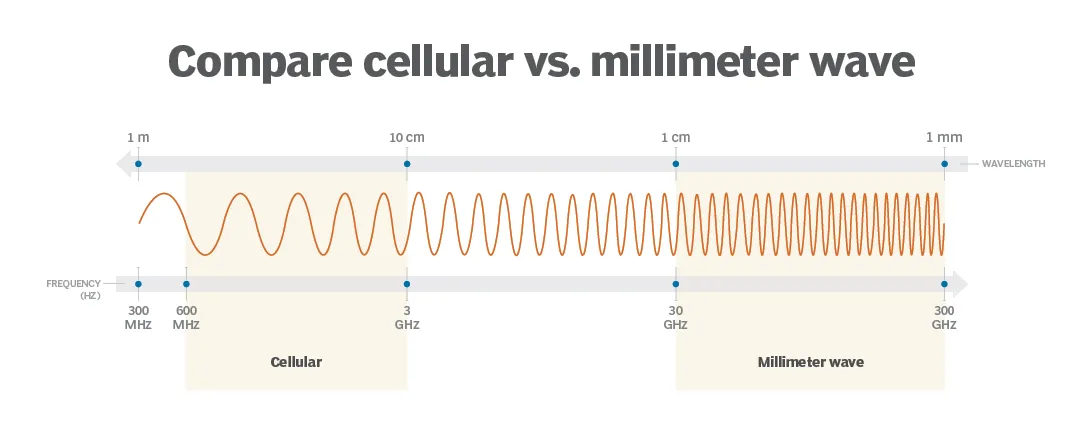
The High-Speed Communication Era in Transportation Vehicles: mmWave Technology
Millimeter wave (mmWave) systems, shown as the communication technology of the future, are now preparing to become widespread in airplanes, trains and other vehicles of transportation. A study published by IEEE provides important data on the in-vehicle use of this innovative technology.
Revolution in In-Vehicle Communication
According to the study, mmWave technology promises to provide higher quality communication and entertainment services to passengers with high-speed data transfer and low latency. However, the performance of this technology is affected by factors such as the vehicle's interior design, materials used, and passenger density.
Reflection and Geometry Determinant
Researchers studied the effects of in-vehicle geometry and frame materials on signal strength using simulation techniques called ray-tracing (RT). For example, materials such as metal and glass change the reflection and refraction properties of the signal, while passenger density can narrow the coverage area.
Recommendations for High Performance
Experts emphasize that carefully designed systems are required for in-vehicle use of this technology. When implemented correctly, mmWave systems can offer revolutionary innovations for in-vehicle internet connection and media streaming. This technology, which especially aims to increase passenger satisfaction on airplanes and trains, could become standard in the transportation sector in the future.
